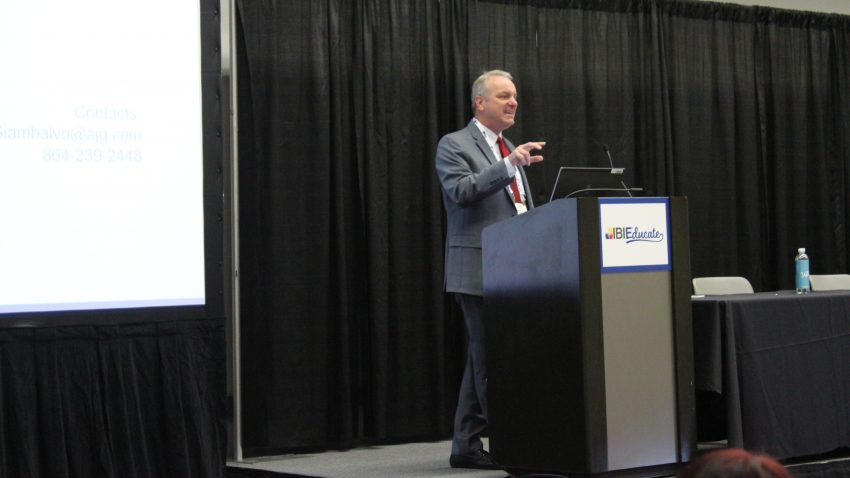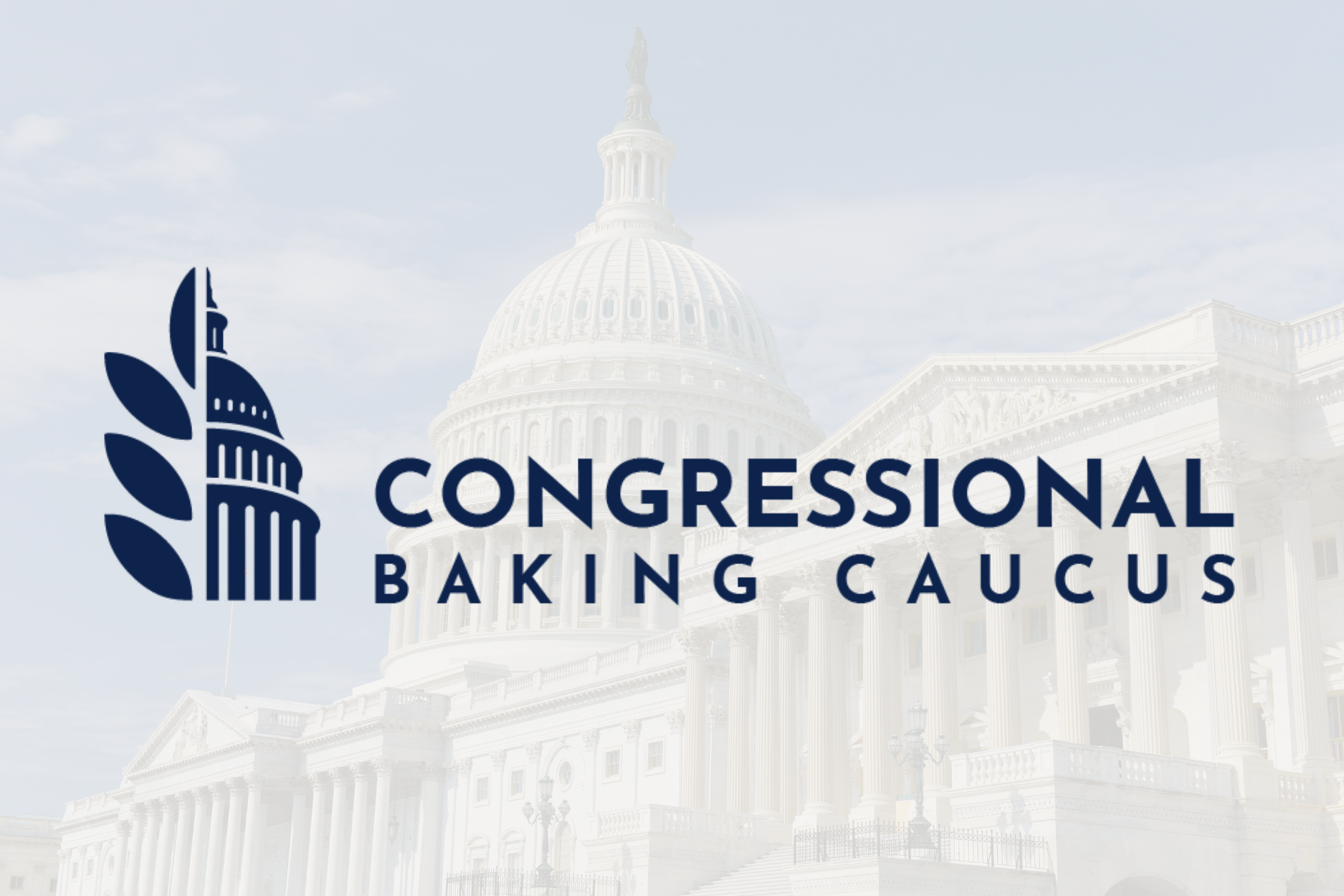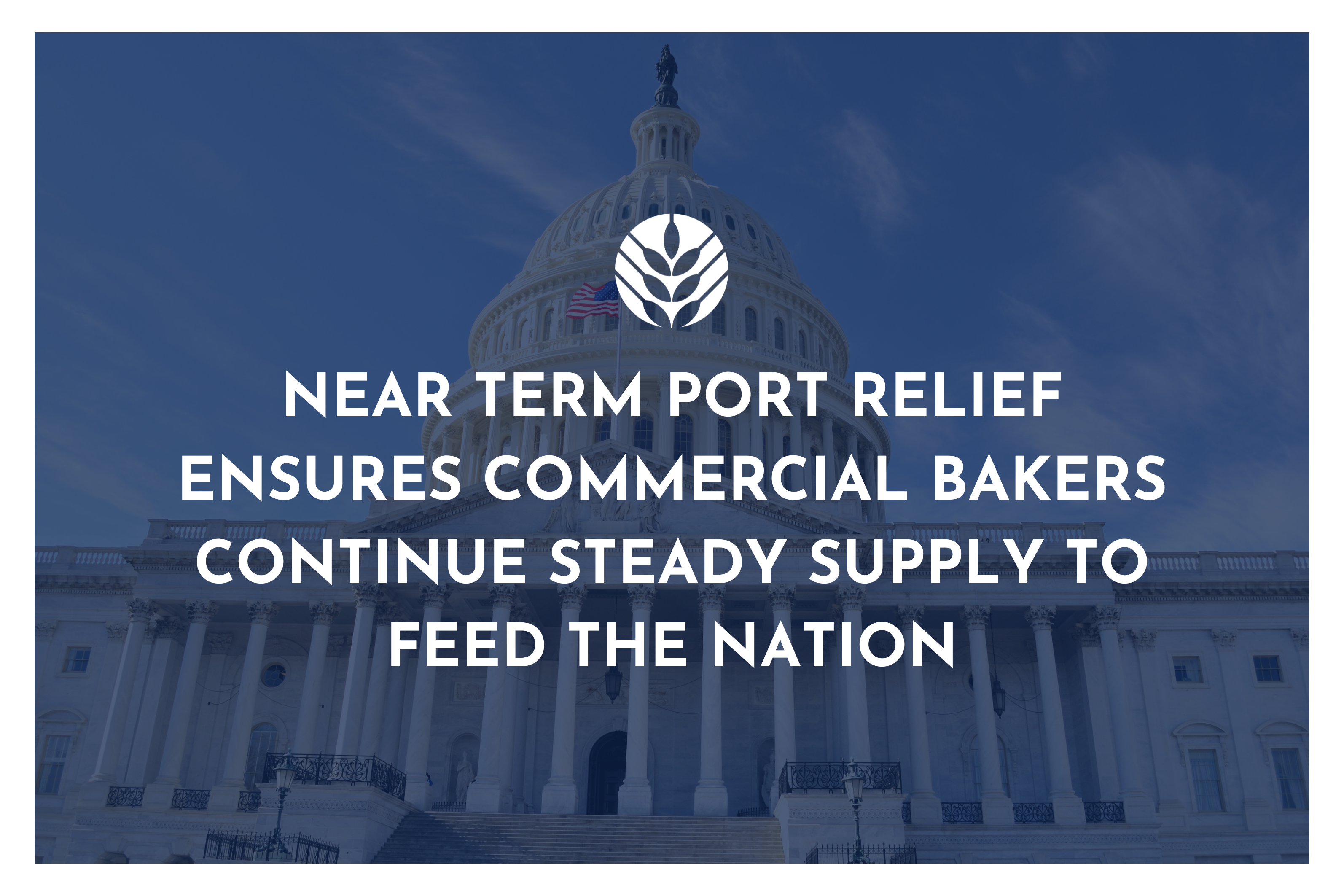It’s not unusual for an employee to hear about a company’s sexual harassment policy only once or twice –on day one, in the employee handbook, or perhaps during a required training session.
According to Will Giambalvo, Senior Vice President of Arthur J. Gallagher & Co., this type of infrequent messaging is unacceptable in today’s lawsuit-heavy environment.
Giambalvo presented the IBIEducate session “Sexual Harassment – The Next Generation” at the recent 2019 IBIE in Las Vegas, where he made a compelling case for why companies of every size should prioritize a plan for communicating about sexual harassment and promptly investigating claims.
Since the advent of the #MeToo movement in 2017, Giambalvo said there has been a 12 percent increase in sexual harassment filings with the Equal Employment Opportunity Commission (EEOC) and a 50 percent increase in sexual harassment lawsuits filed by the EEOC. These increases resulted in $70 million recovered by the EEOC in fiscal year 2018 alone, with the average verdict $397,132.
Such claims not only damage a company’s reputation, they aren’t cheap to defend. Giambalvo noted that a Time’s Up Legal Defense Fund was created to “essentially go after companies and file these sexual harassment claims.”
“One claim out there, and you could lose a customer, a supplier, and really, the public,” Giambalvo said. “These claims are super-time consuming. They always get in the newspapers, they affect employee morale, and if there’s one claim, there’s going to be more claims.”
Taking Preemptive Measures
According to the presentation from Giambalvo, companies looking to limit their exposure to sexual harassment claims should:
- Message expectations
- Model expected behavior
- Manage situations
- Monitor the workplace
Communicate that you have a zero-tolerance policy toward a hostile work environment, meaning any unwelcome conduct will not be tolerated, not just sexual harassment.
“Me Too is not just about sexual harassment. It’s about respect in the workplace,” Giambalvo said. “A hostile work environment will lead to action against your company.”
So, how do you prevent a hostile work environment? Communicate the company’s policy and your expectations for employees every chance you get.
Messages about the company’s non-tolerance of sexual harassment should come from the very top level of leadership and needs to be repeated in meetings and town halls and regular reminders to all employees. Annual reviews should include the company’s policies and procedures and code of conduct.
“Accountability is critical,” Giambalvo said. “Message the expectations, model the behavior, and share the policy with everyone.”
Everyone should be required to receive the same sexual harassment training, including Legal and Human Resources.
And remember, the policy applies to everyone, including third-party employees and your top levels of leadership.
“When it’s okay for leadership, it’s okay for everyone,” Giambalvo said. Remedial action doesn’t always mean termination, but you should be ready to terminate anyone, at any level, if needed.
Implement a sexual harassment hotline that goes to an impartial third-party, not your HR department. And have a crisis plan in place that is monitored regularly and clearly identifies who will be responsible for investigating sexual harassment claims, be it your labor attorney or a thoroughly vetted external investigator.
Where There's Smoke...
Finally, don’t forget to regularly monitor your company’s employee reviews on external social media and sites such as Glassdoor.
“You can’t ignore the smoke,” Giambalvo said of employees circulating rumors of sexual harassment. “And be careful of ‘watercooler talk.’ It’s not what the company needs to be ongoing on at the company.”



